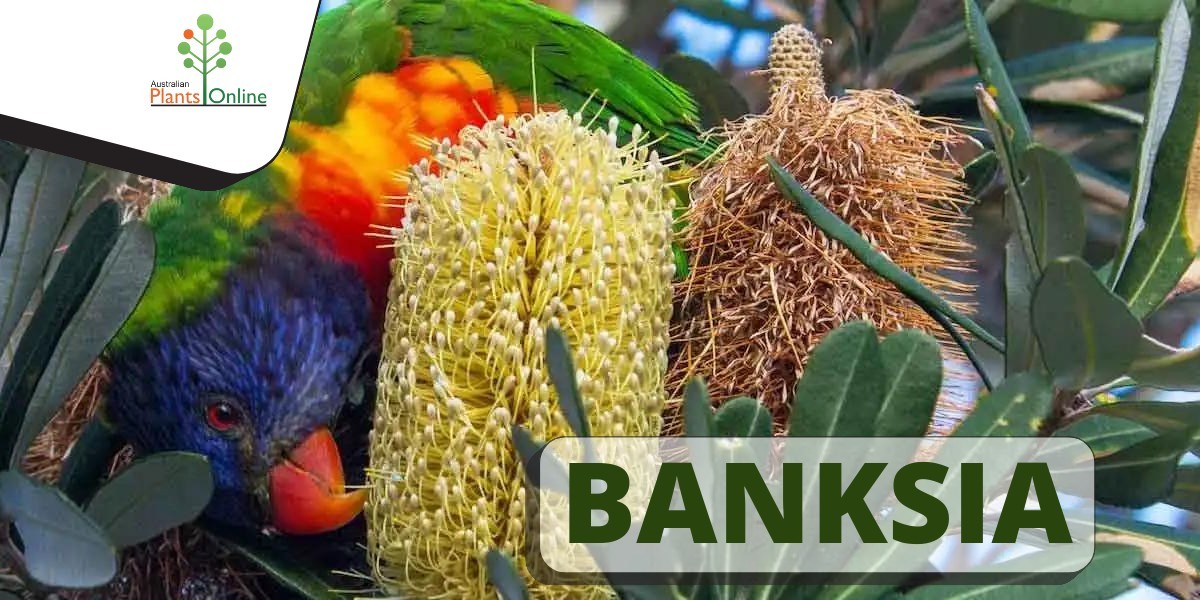Banksias are iconic Australian natives renowned for their unique and striking appearance. With their bold foliage and captivating flower spikes, they add a touch of the Australian wilderness to any garden landscape. However, with over 170 species to choose from, selecting the right Banksia for your garden can be a daunting task. In this guide, we'll explore the diverse world of Banksias and help you choose the perfect variety to suit your needs.
Understanding Banksias: An Overview
Before diving into specific varieties, it's essential to understand the characteristics of Banksias. These evergreen shrubs or small trees belong to the Proteaceae family and are predominantly found in Australia. Banksias are well-adapted to various climates, from coastal regions to arid inland areas. They are valued not only for their ornamental features but also for their ecological significance, providing food and habitat for native wildlife, including birds and insects.
Factors to Consider
When selecting a Banksia for your garden, several factors come into play:
Climate: Banksias have diverse habitat preferences, so it's crucial to choose a variety that suits your local climate. Some species thrive in coastal areas, while others are better suited to inland regions with harsher conditions.
Size: Consider the available space in your garden and choose a Banksia variety that fits within your desired dimensions. Banksias range from compact shrubs to small trees, so there's a size suitable for every garden.
Soil Type: Banksias prefer well-drained soils with low phosphorus levels. However, some species are more adaptable to different soil types than others. Understanding your soil composition will help you select a Banksia that will thrive in your garden.
Watering Needs: While established Banksias are generally drought-tolerant, young plants may require regular watering until they become established. Consider your watering schedule and select a variety that matches your garden's water availability.
Sun Exposure: Most Banksias prefer full sun but can tolerate partial shade. Assess the sun exposure in your garden to ensure your chosen variety receives the appropriate light conditions.
Popular Banksia Varieties
Now, let's explore some popular Banksia varieties and their unique characteristics:
Banksia integrifolia (Coastal Banksia): This species is native to coastal regions of eastern Australia and is well-suited to seaside gardens. It features glossy green leaves and cylindrical yellow flower spikes that attract birds and pollinators.
Banksia spinulosa (Hairpin Banksia): With its distinctive serrated foliage and showy flower spikes ranging from gold to red, Banksia spinulosa adds a burst of color to any garden. It's adaptable to a range of climates and soil types, making it a popular choice for Australian gardens.
Banksia marginata (Silver Banksia): As its name suggests, Banksia marginata is characterized by its silvery undersides of leaves, adding visual interest to the garden. It produces pale yellow flower spikes and is particularly attractive to nectar-feeding birds.
Banksia prionotes (Acorn Banksia): This species is known for its large, serrated leaves and striking orange or red flower spikes. Banksia prionotes thrives in sandy soils and is an excellent choice for coastal gardens.
Banksia serrata (Saw Banksia): Named for its serrated foliage, Banksia serrata is a hardy species native to eastern Australia. It produces large, cylindrical flower spikes that turn from green to brown as they age, providing visual interest throughout the year.
Caring for Your Banksia
Once you've selected the perfect Banksia for your garden, proper care will ensure its health and vitality:
Watering: While Banksias are drought-tolerant once established, regular watering is essential for young plants. Water deeply but infrequently to encourage deep root growth.
Pruning: Banksias generally require minimal pruning, but you can remove dead or damaged branches as needed. Pruning after flowering can help maintain a compact shape and promote bushy growth.
Fertilizing: Avoid high-phosphorus fertilizers, as Banksias are sensitive to phosphorus levels. Instead, use a slow-release native plant fertilizer or compost to provide nutrients without risking phosphorus toxicity.
Mulching: Apply a layer of mulch around the base of your Banksia to conserve moisture, suppress weeds, and regulate soil temperature. Organic mulches like bark chips or leaf litter are ideal for Banksias.
Pest and Disease Control: Banksias are generally resistant to pests and diseases, but occasional issues may arise. Monitor your plants for signs of pest infestations or fungal infections and address them promptly with appropriate treatments.
By following these care guidelines and selecting the right Banksia variety for your garden, you can enjoy the beauty of these iconic Australian natives for years to come. Whether you're creating a coastal oasis or a native-inspired landscape, Banksias are sure to make a stunning addition to your outdoor space. Happy gardening!








